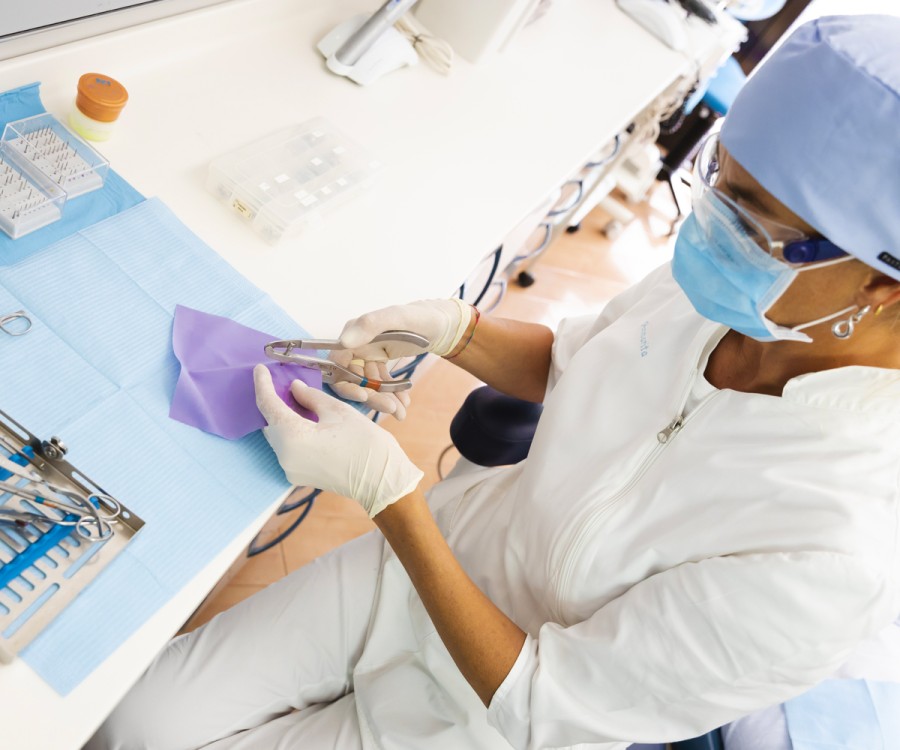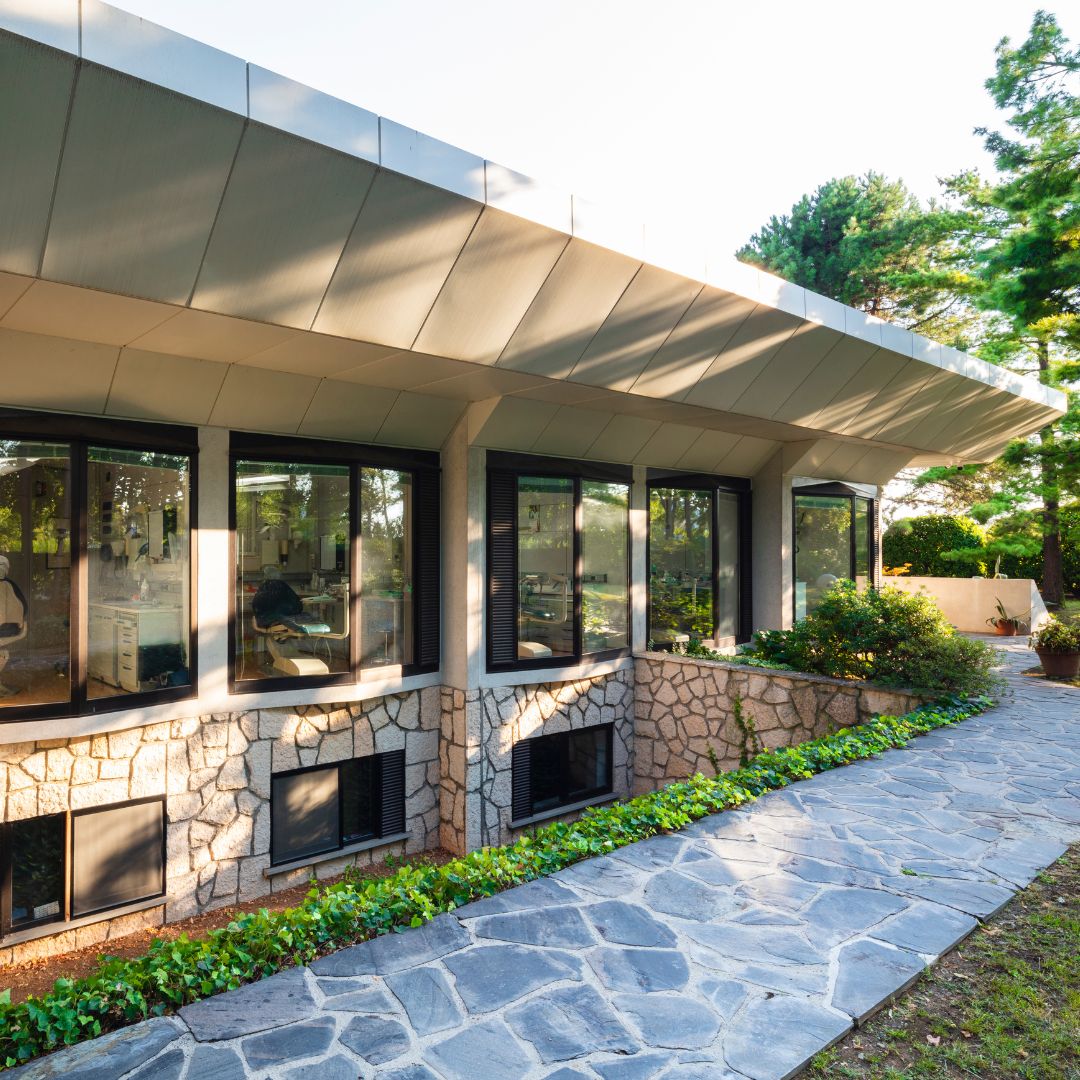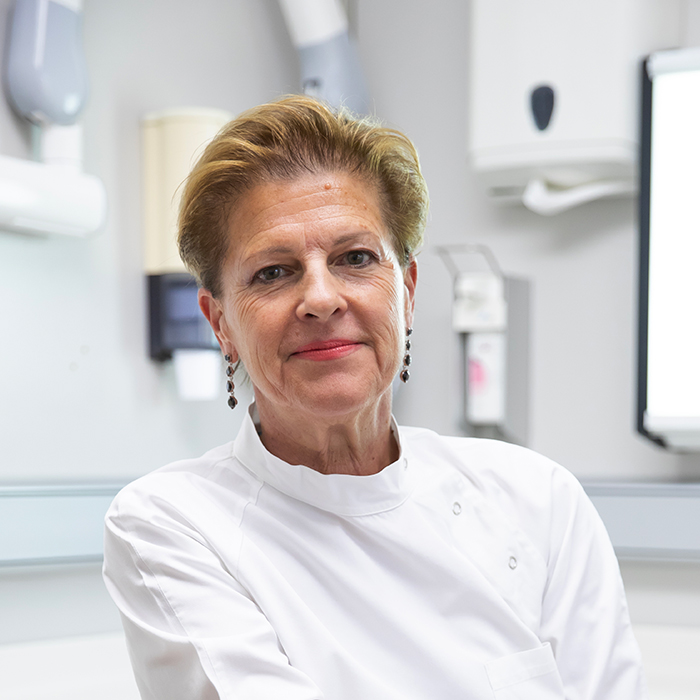Cosa sono i traumi dentali?
I traumi dentali comprendono qualsiasi lesione che coinvolga denti, gengive o ossa mascellari, spesso causata da cadute, incidenti sportivi o urti accidentali. Possono manifestarsi con scheggiature, fratture, spostamenti o perdita del dente. Presso lo Studio Fonzar, ogni trauma viene valutato con attenzione, utilizzando radiografie digitali e strumenti avanzati per determinare la gravità dell’infortunio. L’obiettivo è proteggere la dentatura naturale e ripristinare funzionalità ed estetica nel modo più efficace possibile.
Cosa fare se si prende una botta ai denti?
In caso di urto, è fondamentale mantenere la calma e intervenire rapidamente: sciacquare la bocca, preservare eventuali frammenti dentali e contattare subito uno specialista. Presso lo Studio Fonzar, il team interviene con protocolli precisi per stabilizzare il dente, ridurre il dolore e prevenire complicazioni come necrosi o infezioni. L’approccio multidisciplinare garantisce un trattamento personalizzato e accurato, con attenzione alla conservazione del dente naturale e alla salute generale del paziente.
Cosa vuol dire quando un dente diventa nero?
Un dente che diventa scuro dopo un trauma può indicare sofferenza della polpa dentale, necrosi o emorragia interna. La valutazione immediata permette di stabilire se sia necessario un intervento endodontico o altre terapie conservative. Lo Studio Fonzar utilizza strumenti diagnostici avanzati, come radiografie digitali e telecamere intraorali, per monitorare la vitalità del dente e decidere il percorso terapeutico più adeguato, riducendo il rischio di perdita dentale e preservando l’estetica del sorriso.
Quali sono le possibili conseguenze di un trauma dentale senza rottura?
Anche senza frattura visibile, un trauma può causare mobilità dentale, spostamenti, dolore o alterazioni della polpa. Lo Studio Fonzar effettua controlli approfonditi, includendo esami radiografici e valutazioni cliniche periodiche, per monitorare l’evoluzione del dente traumatizzato. L’obiettivo è prevenire complicazioni a lungo termine, garantire il mantenimento della dentatura naturale e offrire cure personalizzate basate sull’esperienza e le tecnologie più avanzate.
Traumi dentali a Udine
Studio Fonzar: Dentisti a Udine
Il trauma dentale può provocare la frattura di una parte della corona del dente, cioè la parte visibile, o della radice del dente, cioè la parte inserita nell’osso.
Se hai subito un trauma a uno o più denti, è molto importante un controllo da parte del dentista quanto prima; in caso di espulsione del dente, diventa fondamentale un intervento d’urgenza, possibilmente entro 1 ora dall’evento, al fine di poter reinserire il dente nel suo alloggiamento naturale con una ridotta probabilità di complicanze successive.

Chi cura i traumi dentali nel nostro studio?
Come trattiamo i traumi dentali?
In assenza di danni evidenti, è necessario escludere con un esame clinico e una radiografia qualsiasi possibile danno nascosto, come una frattura dell’osso di sostegno (alveolo) o della radice del dente seguiti da controlli regolari nei mesi successivi per escludere alcune complicanze tardive, come la morte del nervo o la comparsa di riassorbimenti sulla radice del dente.
Una parte del dente si è rotta: in questo caso è importante portare il frammento di dente rotto perché può essere incollato. Se la frattura è più estesa o non si ha a disposizione il frammento, il dente può essere riparato con una otturazione o con una corona.
L’osso della mascella o mandibola si è fratturato: in questo caso è indispensabile una visita con un chirurgo maxillo-facciale.
Il dente ha cambiato colore: il trauma ha provocato un’emorragia all’interno della polpa dentale (colore rosa) oppure ha provocato la morte del nervo (colore grigio). In questi casi è probabile che diventi necessaria l’asportazione del nervo danneggiato (cura canalare).
Il dente si è spostato rispetto alla sua posizione naturale: un intervento di riposizionamento del dente nel suo alloggiamento può essere fatto manualmente nelle prime ore dopo il trauma, se il tempo passa si rende necessario un riposizionamento mediante un apparecchio ortodontico. Non è infrequente che il nervo del dente subisca un danno irreversibile con conseguente necessità di cura canalare.
Il dente è stato espulso: il reinserimento del dente è possibile se il dente viene mantenuto in condizioni ottimali: esso deve essere conservato nella saliva (in bocca) del soggetto traumatizzato, nel latte o in soluzione fisiologica e va consegnato al dentista entro 1 ora, per essere immediatamente reinserito con accettabili probabilità di durata nel tempo. L’applicazione di un paradenti su misura durante l’attività sportiva può prevenire le conseguenze del trauma dentale.
Che cos’è la traumatologia dentale?
La traumatologia dentale è la disciplina che tratta sia la cura degli effetti immediati del trauma sui denti, sul loro apparato di sostegno e sulle ossa mascellari, sia la cura delle successive conseguenze del trauma, come la morte del nervo e il riassorbimento della radice del dente.
Approfondimenti
- Dental trauma guidelines
- Traumatologia dentale / pag. 100-113
We effectively treat periodontal disease, caries and all other diseases of the oral cavity.
Identify your problem.


























